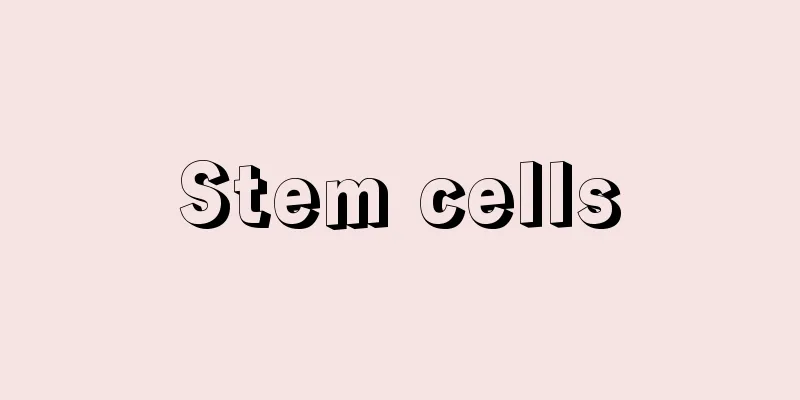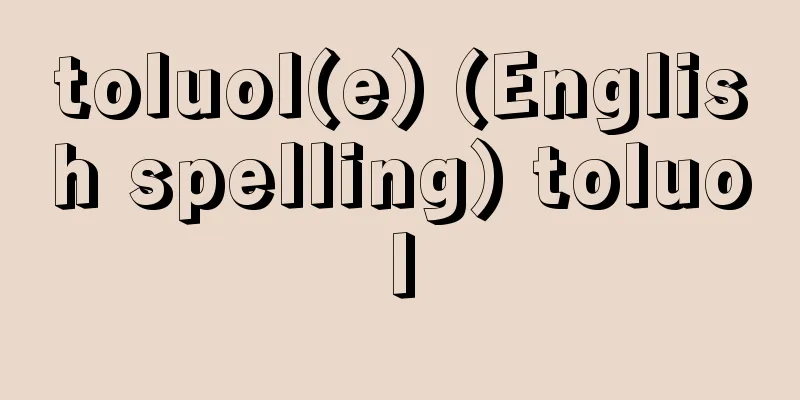Stem cells

|
Stem cells are the source cells that grow (differentiate) into tissues and organs, and exist uniquely in each organ. Neural stem cells, which were thought to disappear when we become adults, were discovered in mice, monkeys, and humans in the 1990s. By successfully proliferating and differentiating stem cells, we can create the cells and tissues we need. Furthermore, embryonic stem cells (ES cells), which are obtained when a fertilized egg divides several times, are very useful because they can create cells for all organs, but they also have ethical issues. In November 2007, a group led by Professor Shinya Yamanaka of Kyoto University succeeded in creating induced pluripotent stem cells (iPS cells), which have pluripotency similar to that of ES cells, by introducing several types of genes into somatic cells (mainly fibroblasts) derived from the skin. This will solve the ethical issues surrounding the use of human embryos. Specific examples of regenerative medicine using stem cells include the treatment of liver cirrhosis, blood diseases, myocardial infarction, Buerger's disease, construction of blood vessels, regeneration of bones and corneas, and securing skin for transplants. There are two methods: growing the desired cells or organs from stem cells in a test tube and transplanting them into a person, or injecting substances that promote regeneration (such as hepatocyte growth factor (HGF) and vascular endothelial growth factor (VEGF), known as regenerative medicine) into the body to produce the desired cells or tissues from stem cells in the body. Recently, angiogenesis from bone marrow-derived stem cells has been successfully used to treat angina pectoris and myocardial infarction. (Jiro Imanishi, Professor, Kyoto Prefectural University of Medicine Graduate School / 2008) Stem Cells(Yuji Tarumi, science journalist / 2007) Source : "Chiezo" published by Asahi Shimbun Publications Co., Ltd. About Chiezo |
|
幹細胞は、組織や臓器に成長する(分化する)元となる細胞で、それぞれの臓器で固有に存在する。大人になれば消えてしまうと考えられていた神経幹細胞も、マウス、サル、ヒトなどで1990年代に相次いで見つかった。幹細胞をうまく増殖、分化させることによって、必要とされる細胞や組織を作り出すことができる。さらに、受精卵が数回分裂した段階で得られる胚性幹細胞(ES細胞=embryonic stem cells)では、すべての臓器の細胞が作られるので非常に有用だが、倫理的な問題もある。2007年11月、京都大学の山中伸弥教授らのグループによって、皮膚由来の体細胞(主に線維芽細胞)に数種類の遺伝子を導入することで、ES細胞に似た分化万能性(pluripotency)を持たせた人工多能性幹細胞(iPS細胞;induced pluripotent stem cells)を作成することに成功した。これにより、ヒト胚を使うという倫理的な問題については、解決されることになる。幹細胞を利用した再生医療の具体例としては、肝硬変や血液疾患、心筋梗塞、バージャー病の治療、血管の構築、骨や角膜の再生、移植用皮膚の確保、などが考えられている。試験管内で幹細胞などから目的とする細胞や臓器を増殖させ、人に移植する場合と、再生を促す物質(肝細胞増殖因子=HGF:hepatocyte growth factor、血管内皮増殖因子=VEGF:vascular endothelial growth factorなどで、再生医薬と呼ばれている)を体内に注入し、生体内にある幹細胞から目的とする細胞や組織を作らせる方法がある。最近、骨髄由来の幹細胞から血管新生を行い、狭心症、心筋梗塞などの治療に成功している。
(今西二郎 京都府立医科大学大学院教授 / 2008年) 幹細胞(垂水雄二 科学ジャーナリスト / 2007年) 出典 (株)朝日新聞出版発行「知恵蔵」知恵蔵について 情報 |
>>: Interstitial cells - Kansaibo
Recommend
Abū Habba (English spelling) AbuHabba
…A city in northern Babylonia, Akkad. The current...
Itoshima Peninsula
A peninsula jutting out into the Genkai Sea in no...
Umbrella shape - Umbrella
The name of the part of a temple bell that has a c...
Martin Buber
A Jewish thinker born in Vienna. After being a pr...
Telul el‐Thalathāt (English spelling)
Located 51km west of Mosul in northern Iraq, this ...
Motacilla aguimp (English spelling) Motacilla aguimp
…[Hiroshi Hasegawa]. … *Some of the terminology t...
Practice - jissen (English spelling) practice
The process of achieving a goal. It is used as the...
Electric motor
A general term for energy conversion devices that...
Naosuke Soga
1558-1626 Azuchi-Momoyama - A court noble family ...
Jang Hyuk-ju - Choukakuchu
Korean author. His real name was Jang Eun-jung, an...
Angostura - Angostura
…A river port founded in 1764 on the banks of the...
Flow - Nagashi
A term in Japanese music. Its meaning varies depen...
Marcel Deprez
1843‐1918 French engineer. He established the foun...
Commentary on the Old and New Testaments
…But even here, his performance as an ambassador ...
Kajima Construction Co., Ltd.
A major construction company founded in 1840 by lo...









